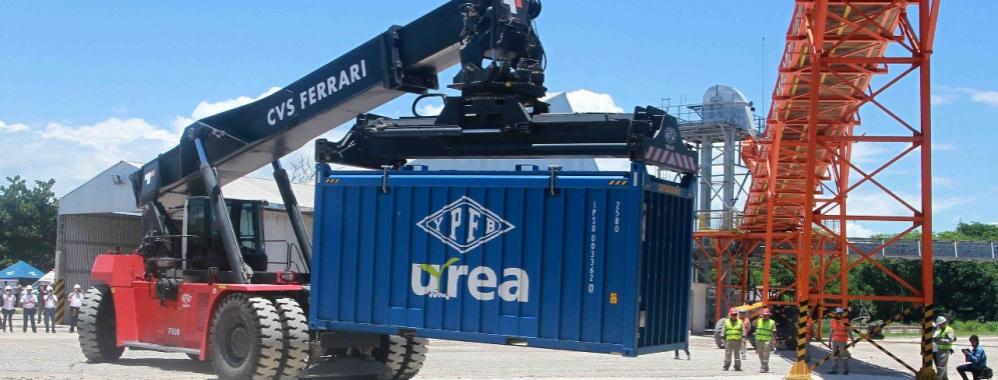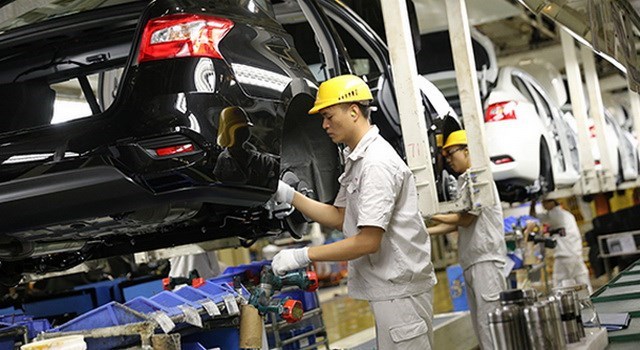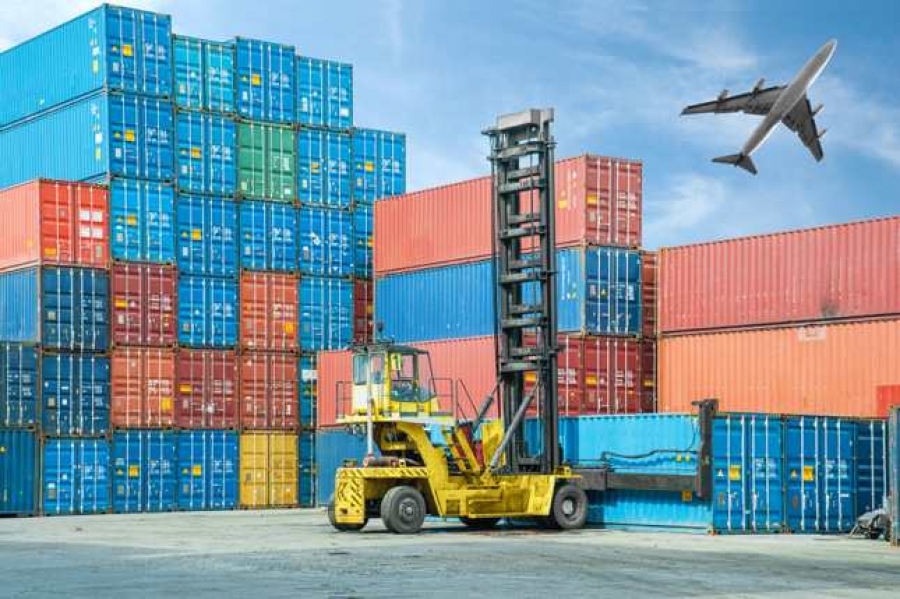Overall, China's rebalancing is expected to be positive for the region, although the impact will be different for commodity exporting countries and non-commodity exporting countries.
China's demand for materials, less dependent on state investment in infrastructure than it was a decade ago, has stabilized. Annual growth in materials exports from Latin America to China is at its lowest point (although still positive).

Once the chinese economy rebalances, we expect the overall level of Gross Domestic Product (GDP) to suffer a permanent median decline of 0.1 percent in commodity exporting countries. Countries that export oil or minerals, such as metals, will fare worse. For example, in Bolivia, Suriname and Venezuela, GDP could fall by more than 1 percentage point as a result of the impact on the extractive sector.
Countries exporting other products could benefit. China's move into high-tech manufacturing opens the door for Mexico, Argentina, Uruguay and Central American countries that currently have some comparative advantage in goods-producing sectors such as electronics, chemicals and textiles to fill the gap left by China's withdrawal from product markets. Services exports to China, particularly tourism, transportation and communications are present additional opportunities.

Growing investments
Chinese investments in Latin America have increased substantially, from 12 percent in 2014 as a percentage of China's total foreign investment position to more than 21 percent just three years later. As Chinese investments have increased, their composition has shifted from fossil fuels, metals and agriculture to manufacturing and services, such as basic supplies, transportation, financial services and telecommunications.
What is driving this shift? As China rebalances and its domestic investments begin to peak, Chinese companies are expanding overseas, particularly in sectors where domestic overcapacity has built up after years of overinvestment. These tend to be the sectors in which Chinese companies are most competitive in global markets.
To reap the benefits of global trade integration and foreign direct investment, Latin American countries must focus on removing barriers to growth. A stable macroeconomic environment, favorable growth prospects and sound institutional frameworks are essential. To strengthen the region's competitiveness in global value chains, countries need to invest in infrastructure, improve governance, increase regional integration (including lowering trade barriers) and produce higher quality products.
 English
English  Español
Español 
